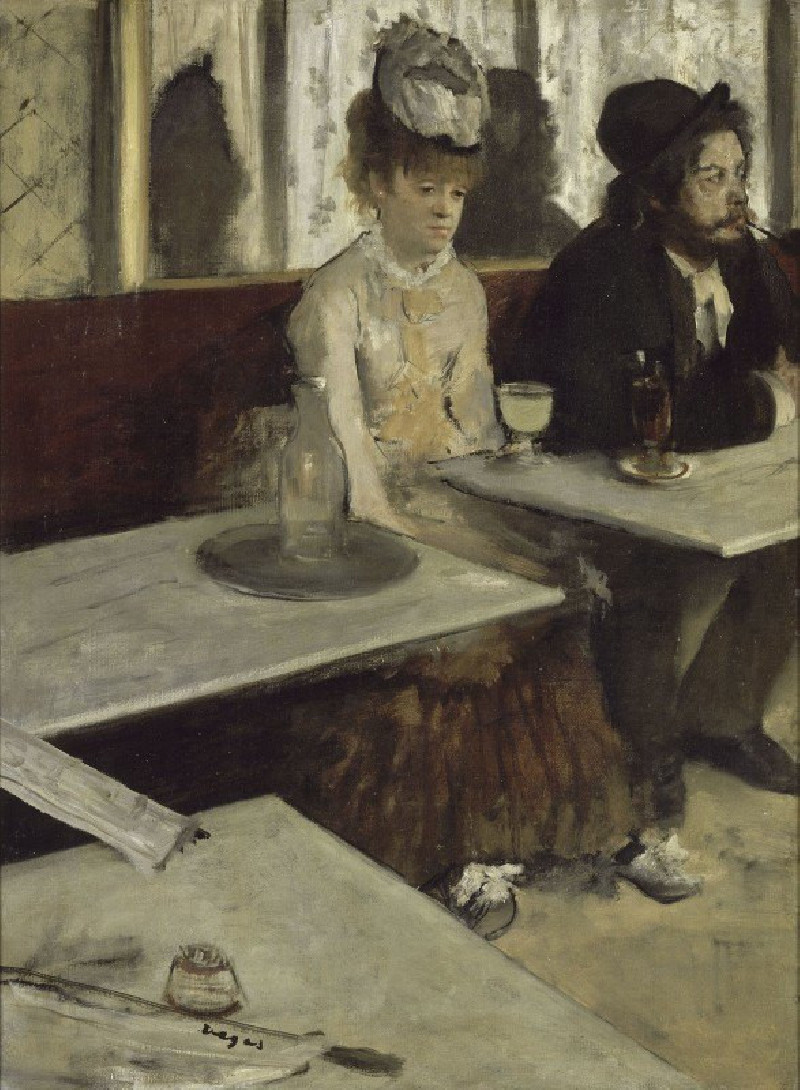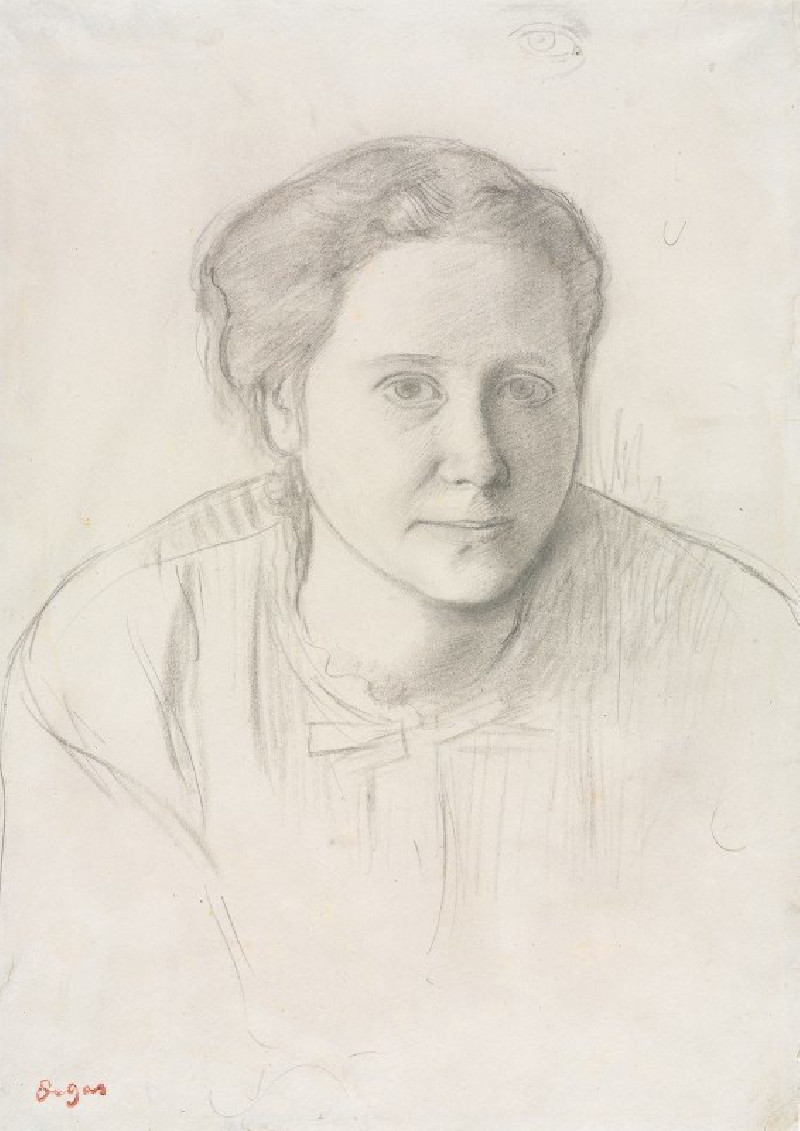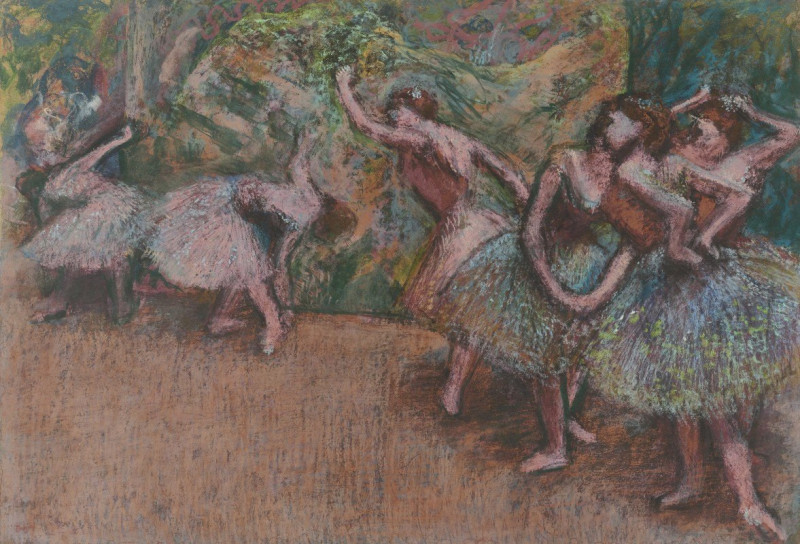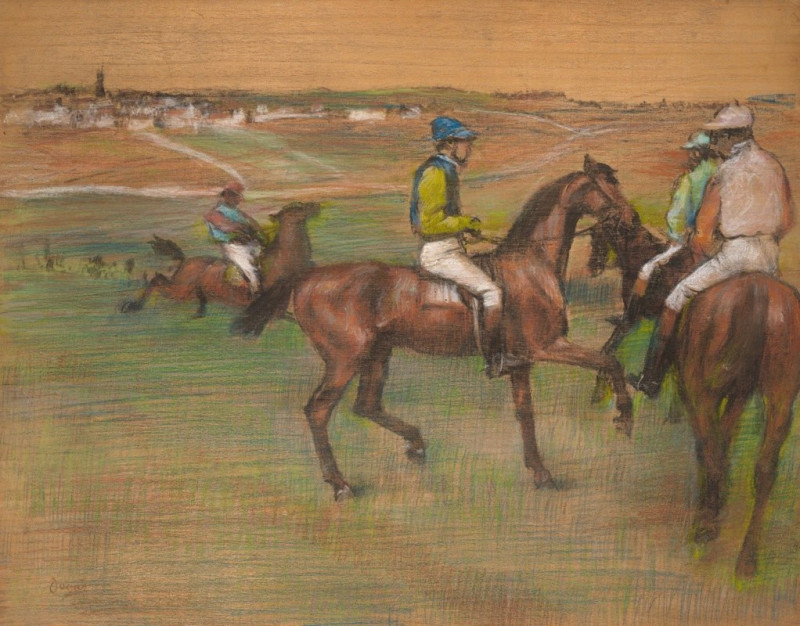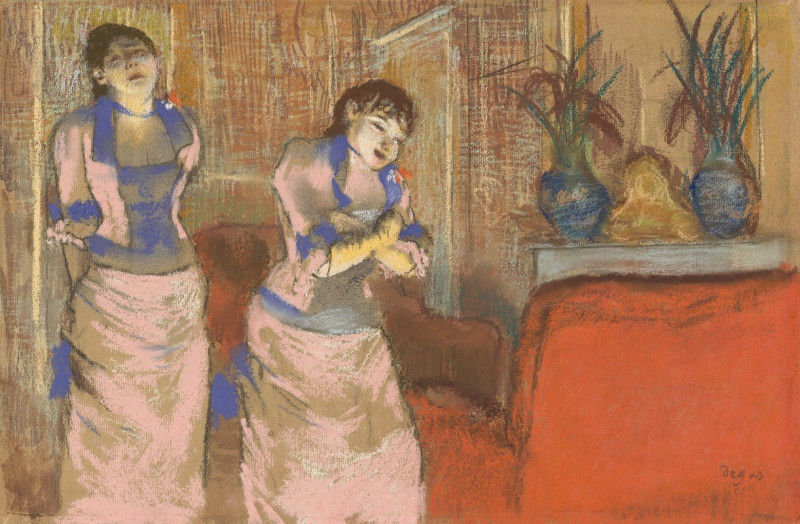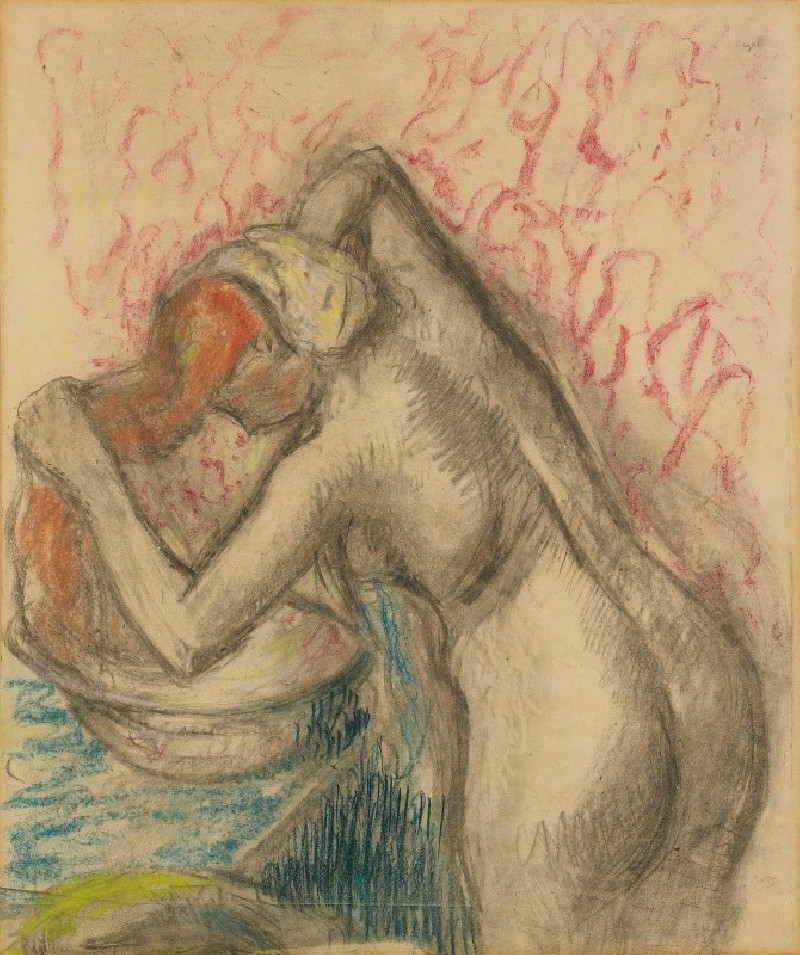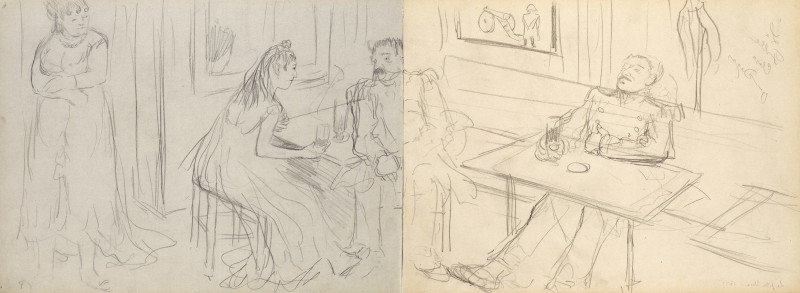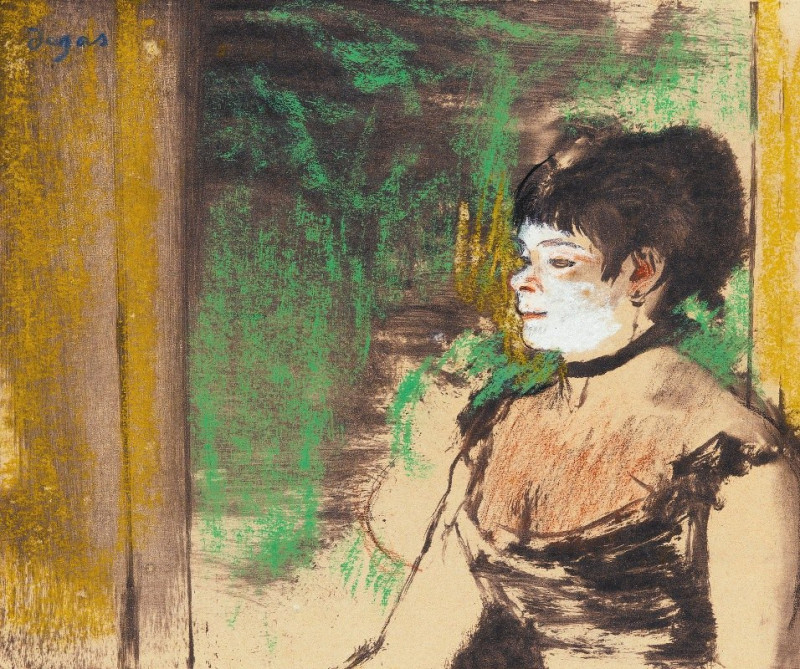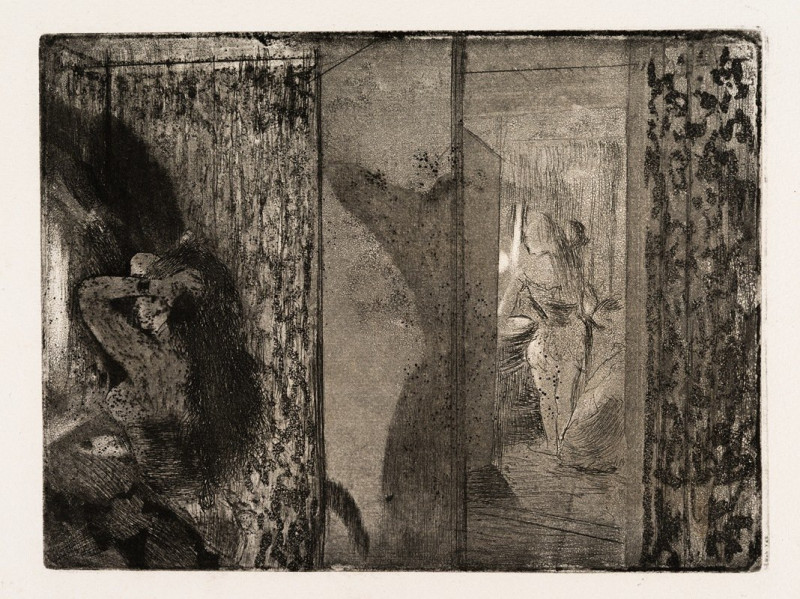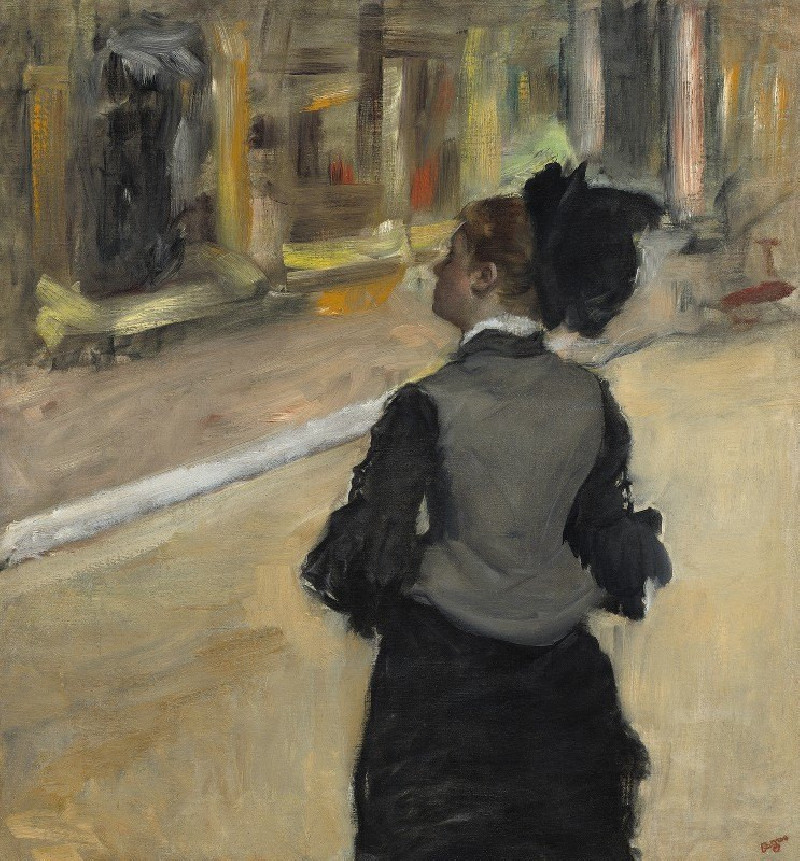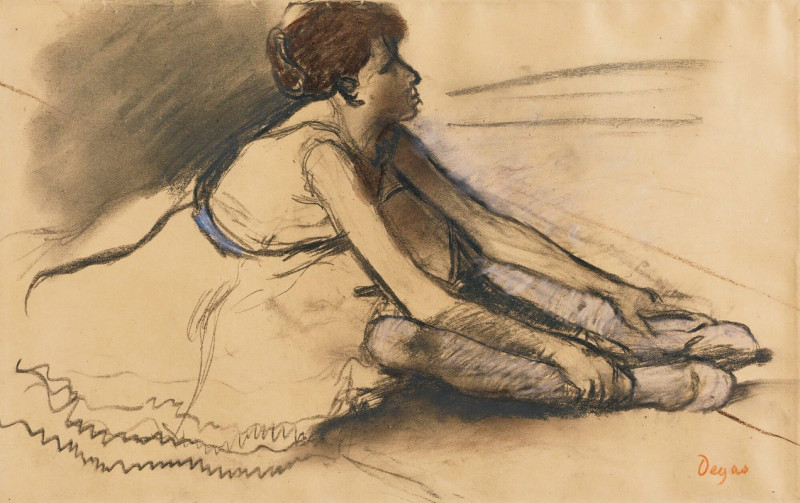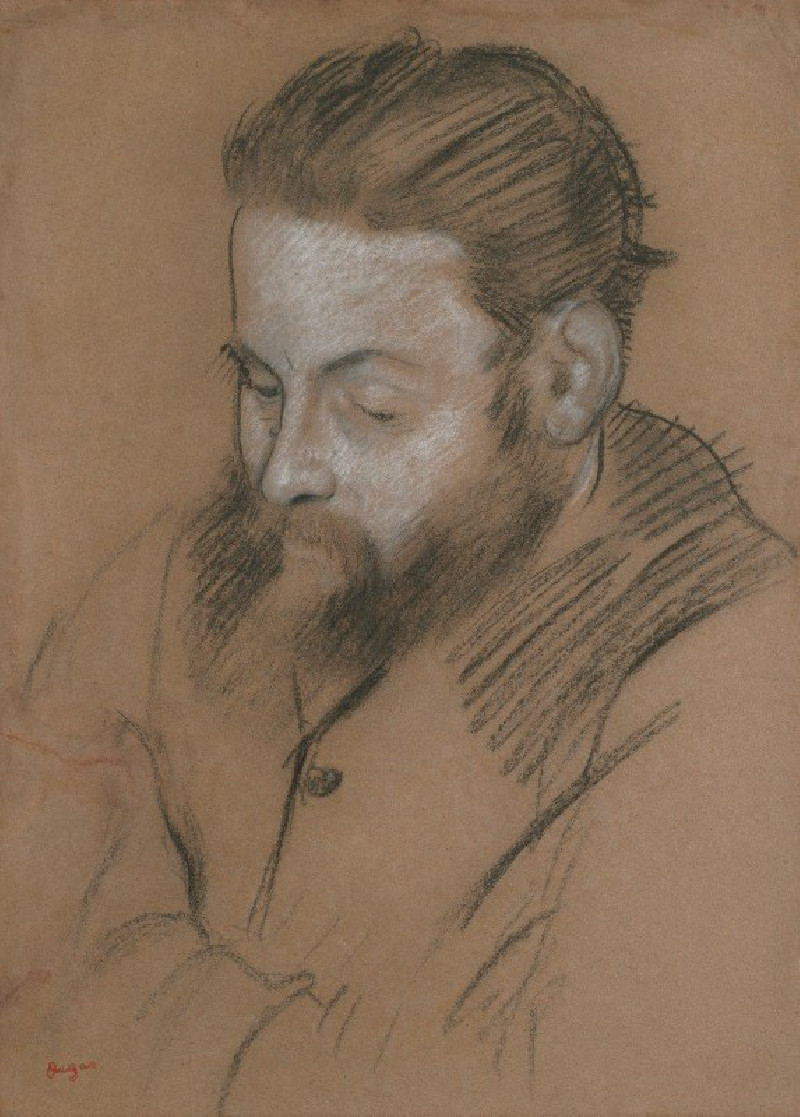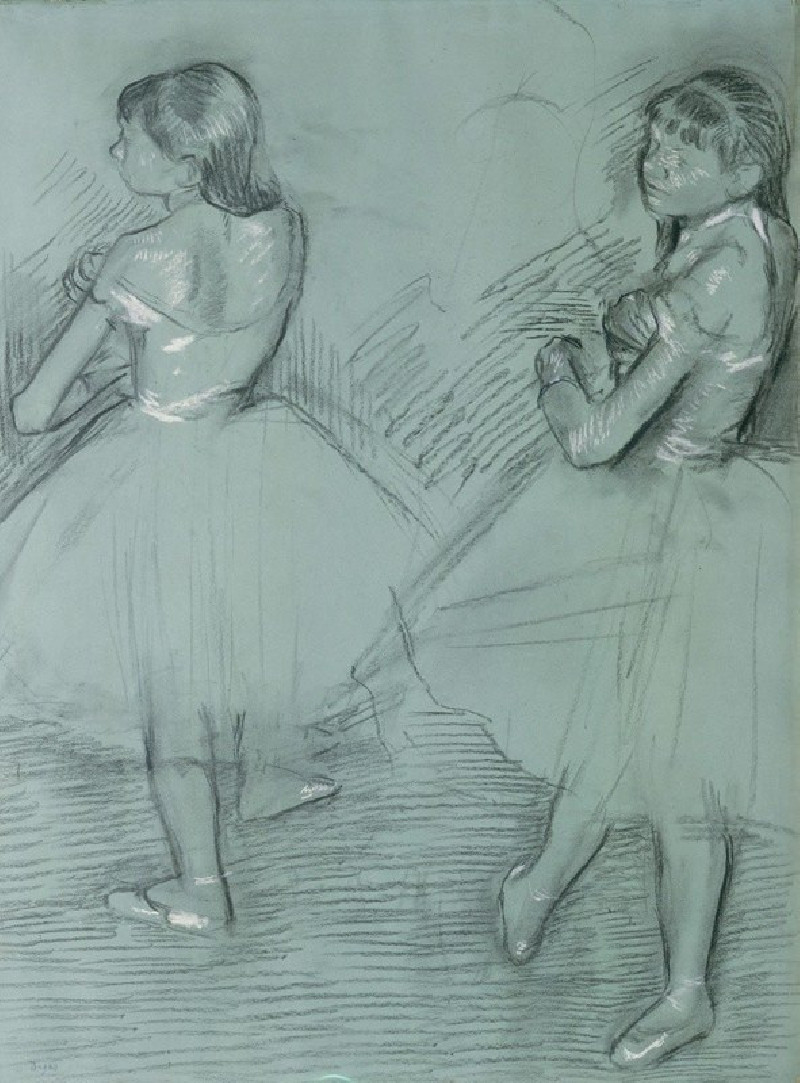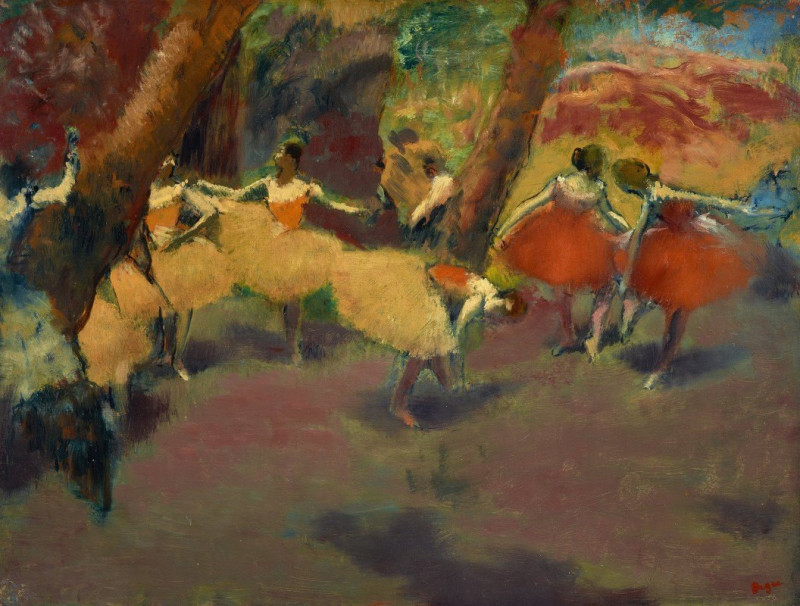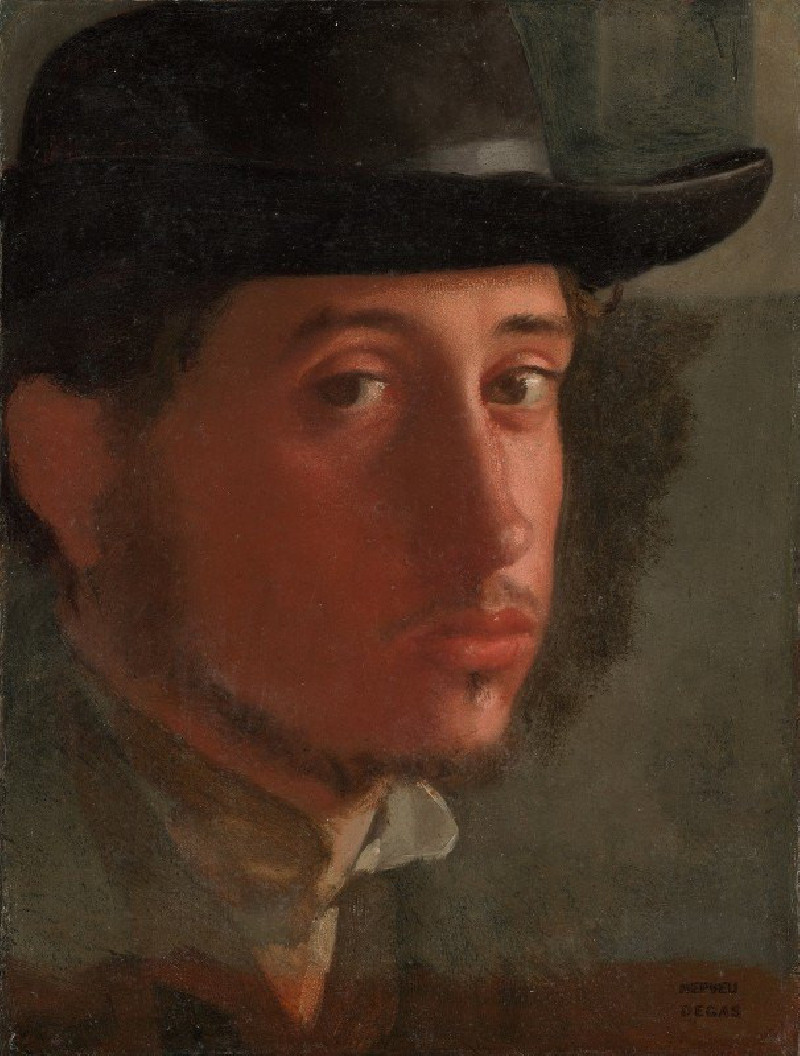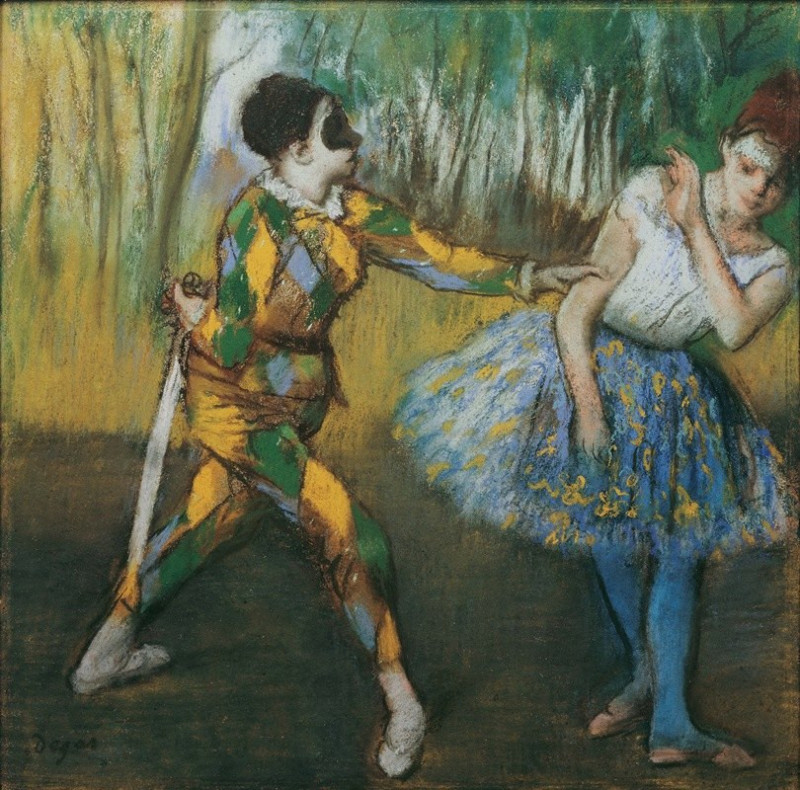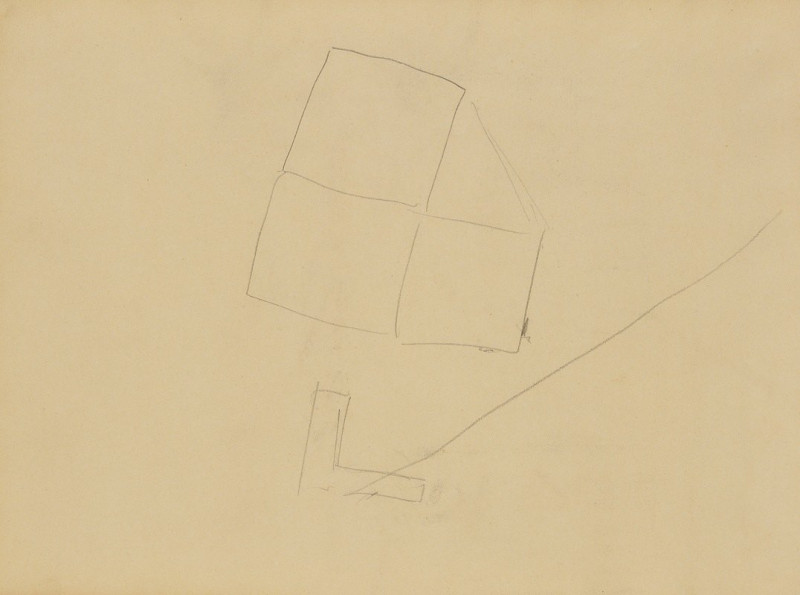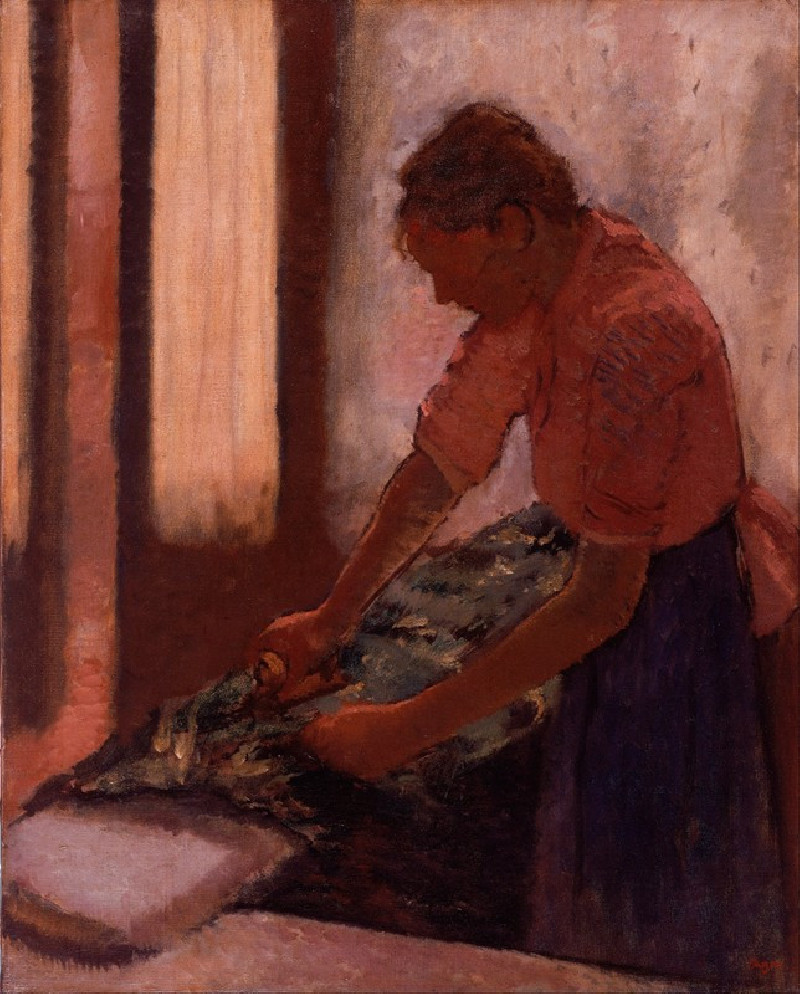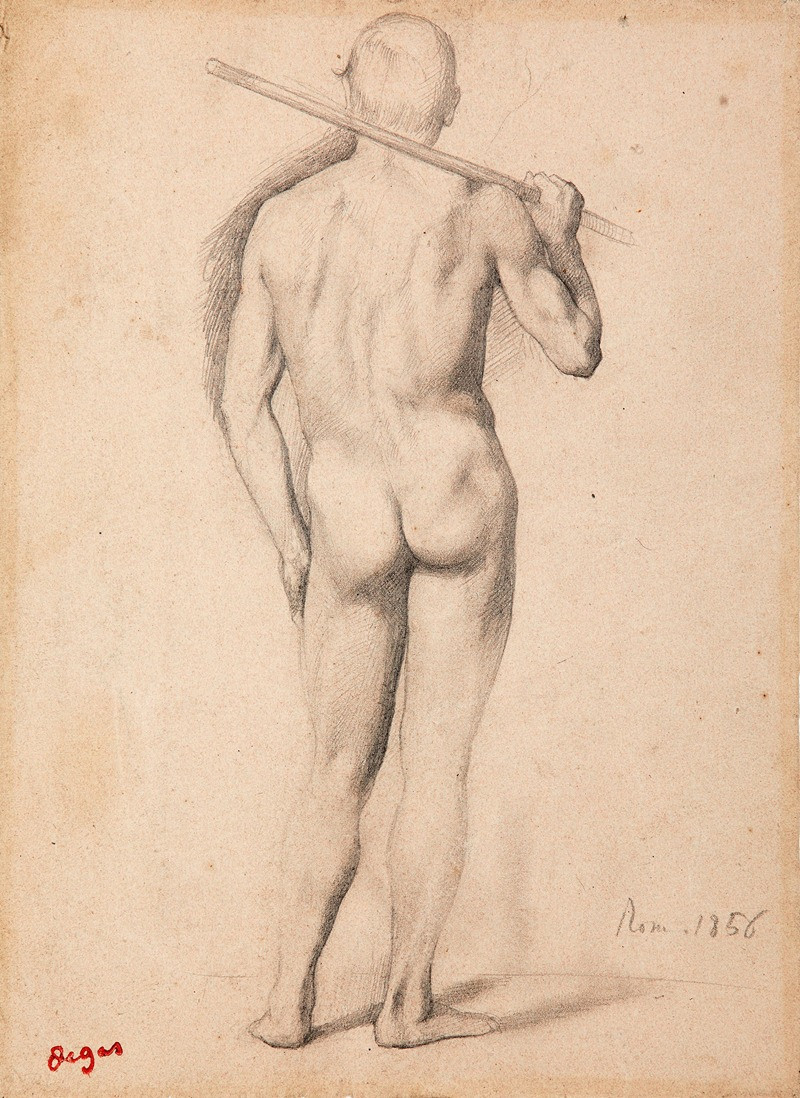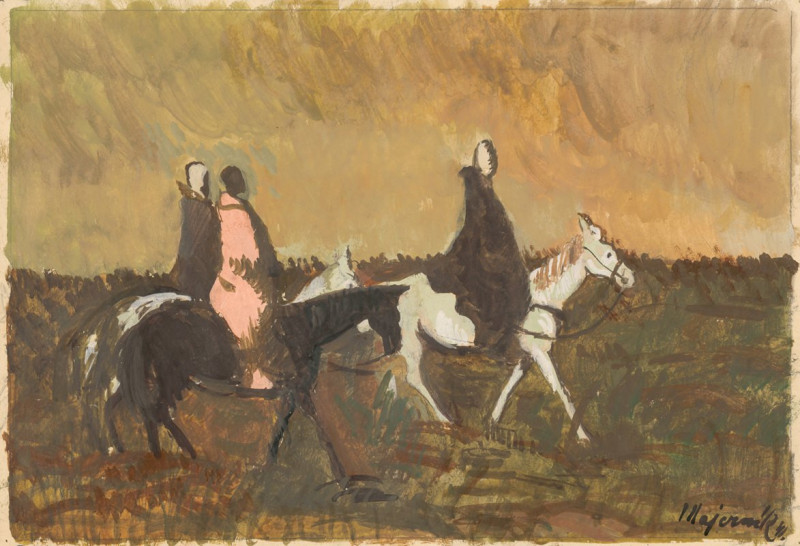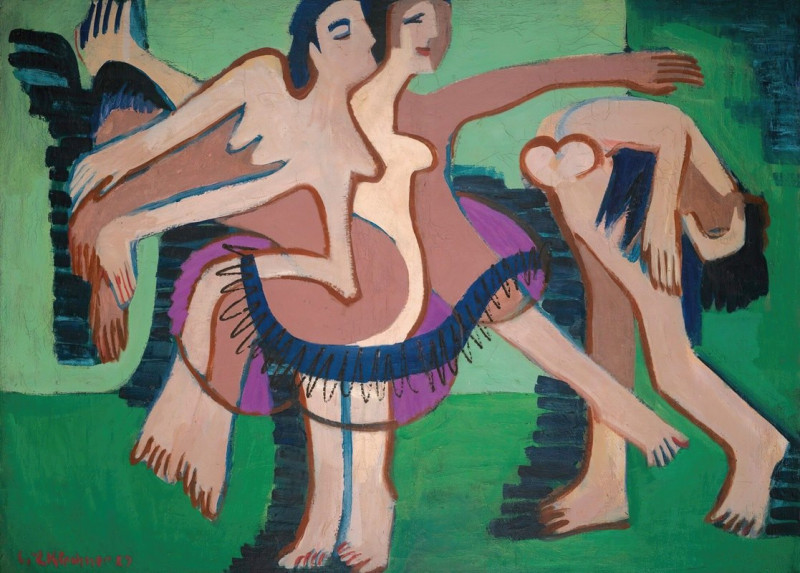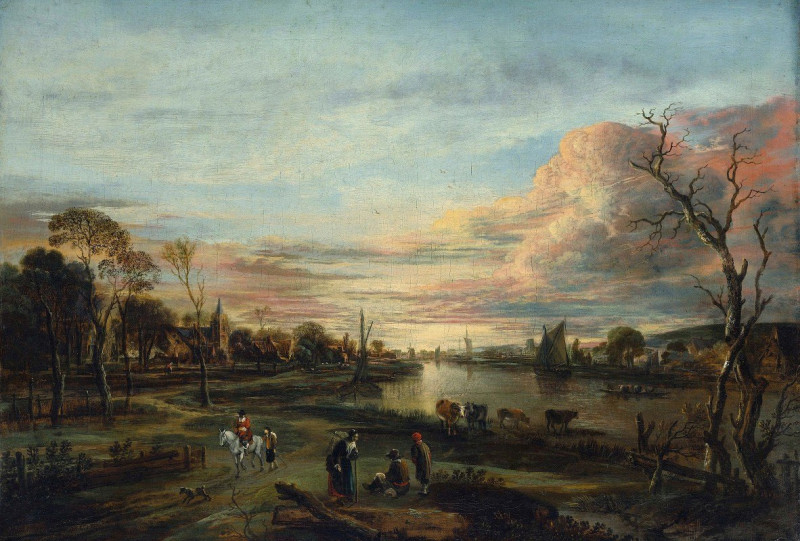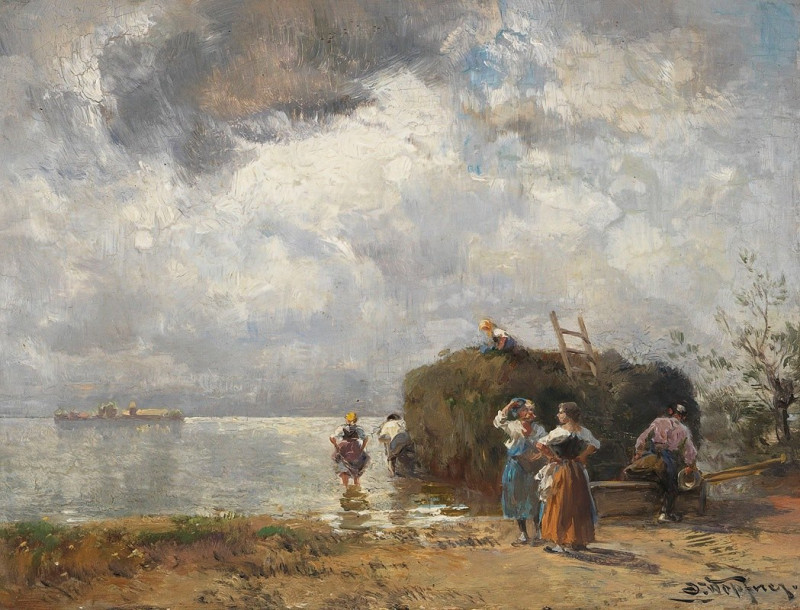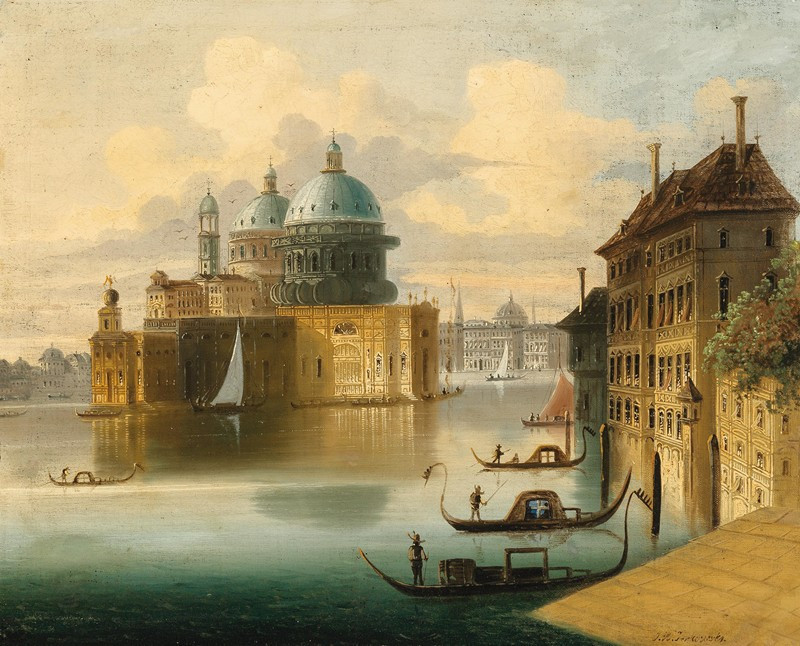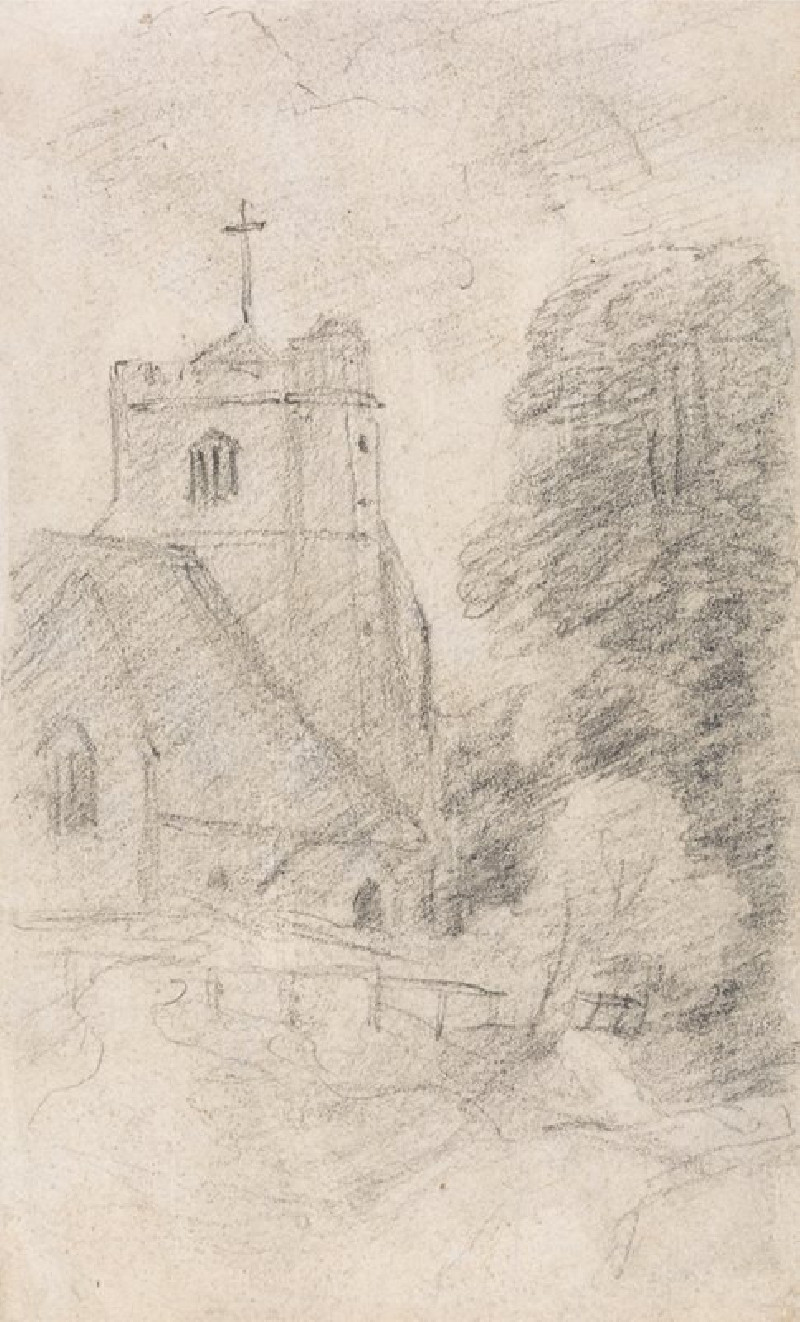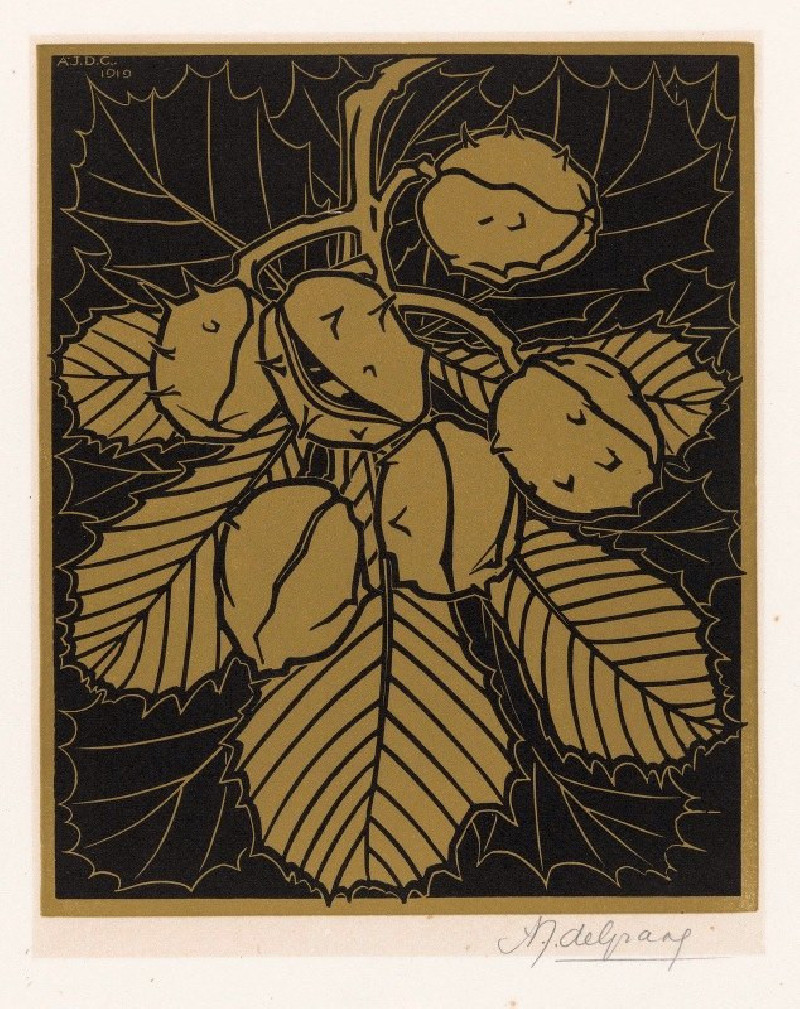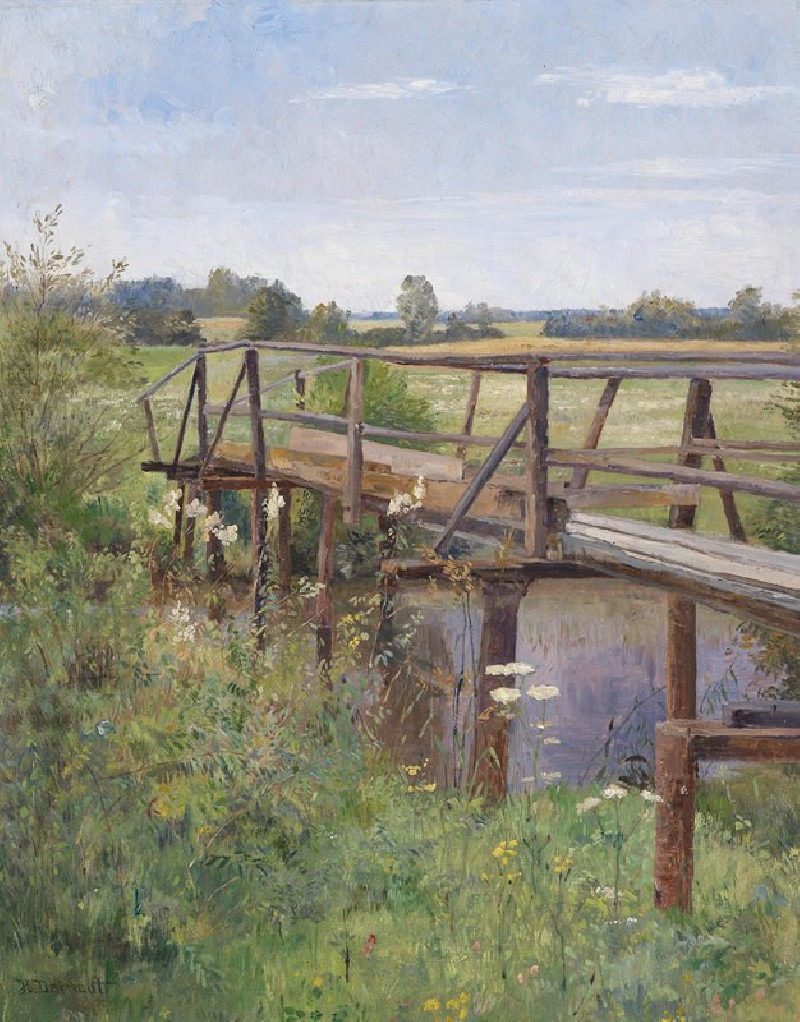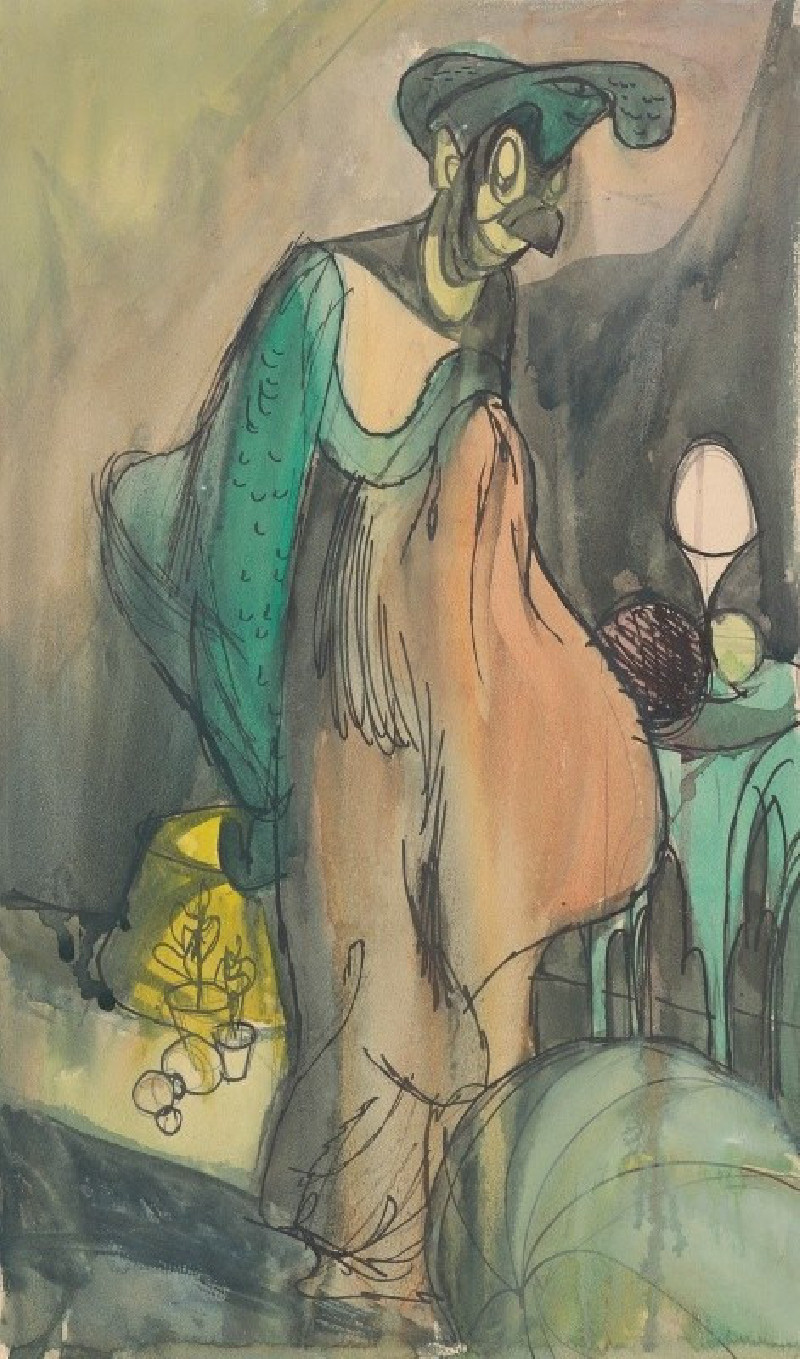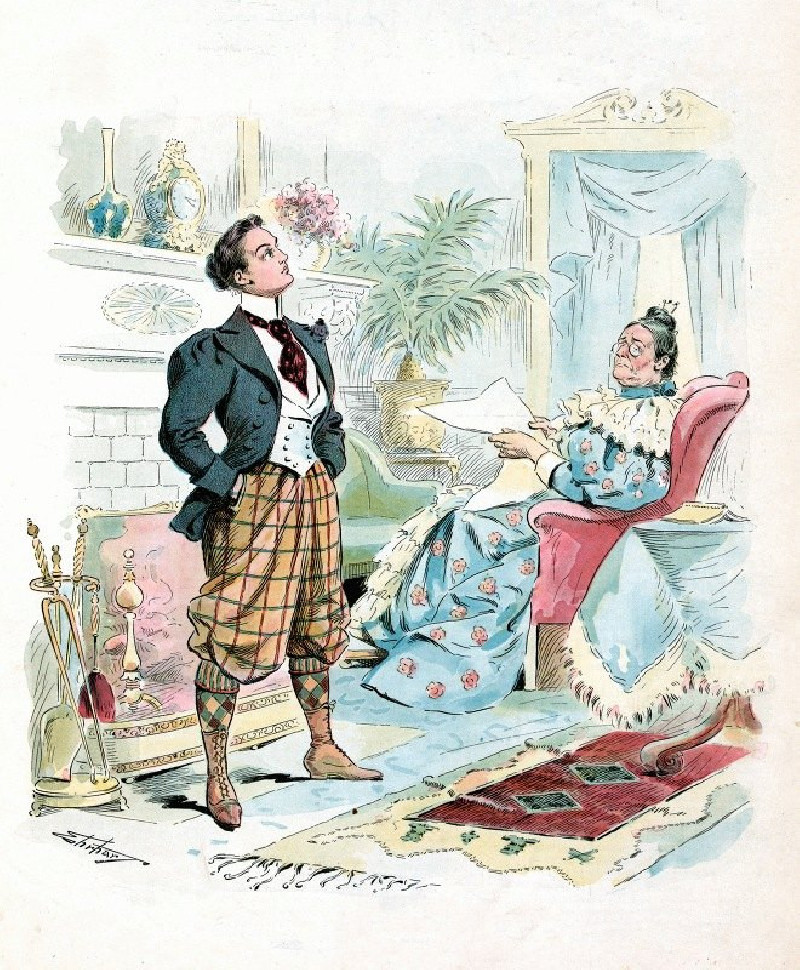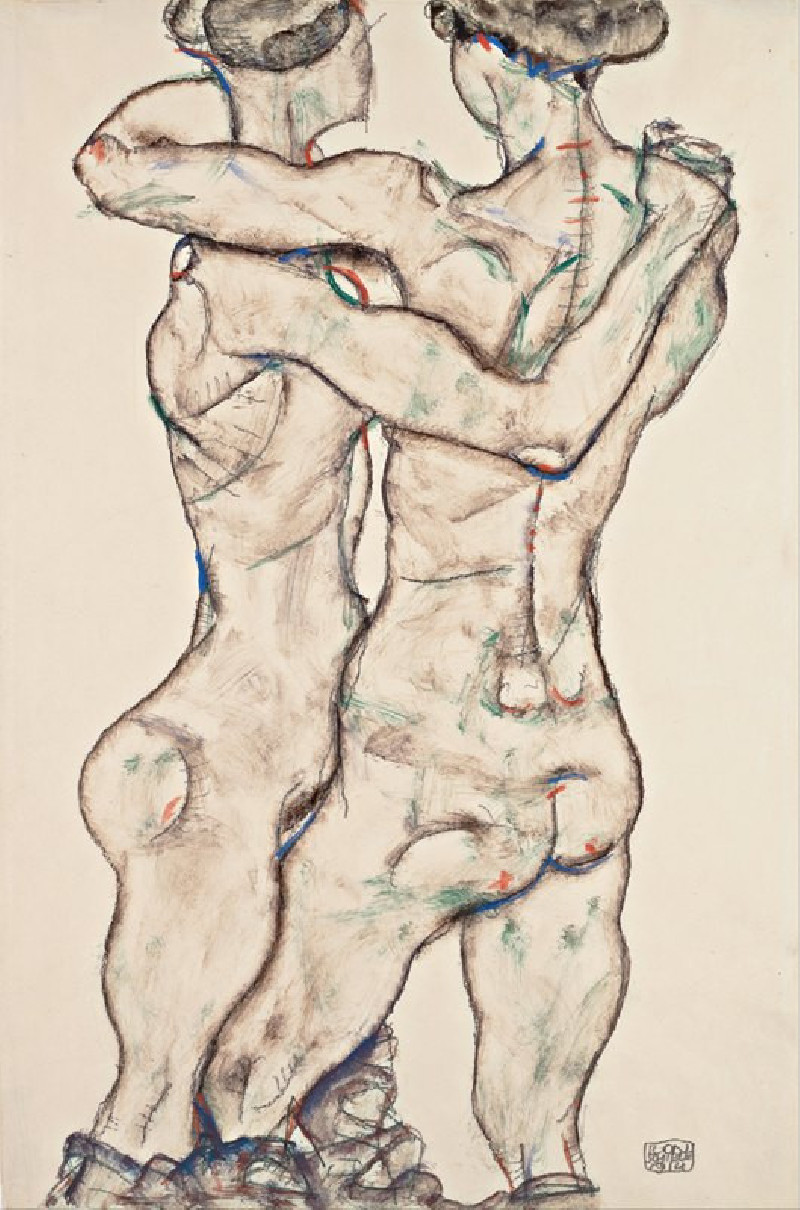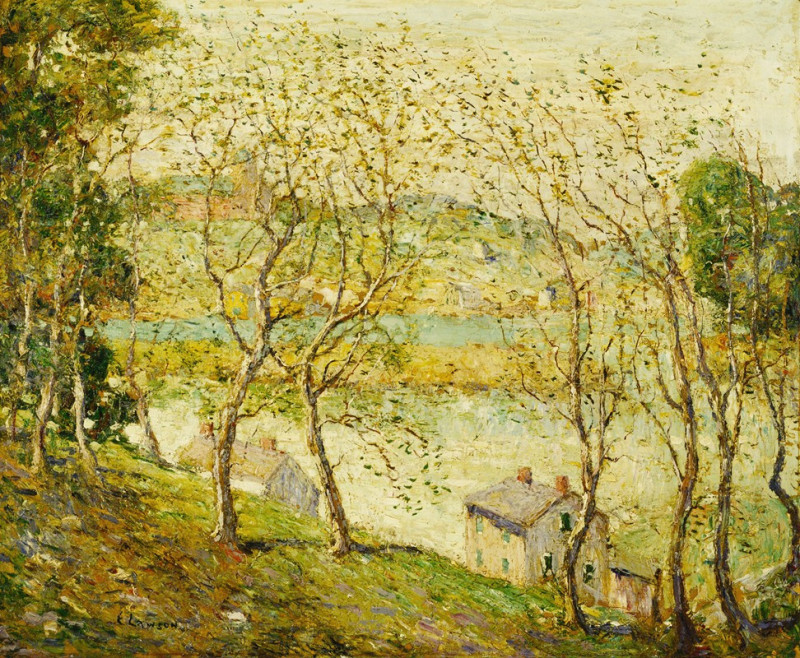In A Café (1873)
Technique: Giclée quality print
Recommended by our customers
More about this artwork
"In a Café" (1873) by Edgar Degas captures a compelling scene of everyday urban life, portraying an encounter that speaks volumes through its nuanced execution. The painting features a young woman seated at a café table, her expression pensive and slightly detached, suggesting an array of unspoken emotions. Beside her, a man sits, turned in profile, apparently engaged in contemplation or perhaps conversation. The café's atmosphere is rendered in muted tones, emphasizing a sense of isolation amidst the social setting.Degas's masterful use of lighting and composition draws the viewer’s focus to the psychological depth depicted between the two figures. There is an intriguing contrast in their interactions—or lack thereof—which poses questions about their relationship and individual stories. The artist's signature use of loose brushwork and his attentiveness to the subtleties of human posture and gaze enrich the narrative, inviting onlookers to ponder the underlying contexts of this seemingly ordinary café moment.

